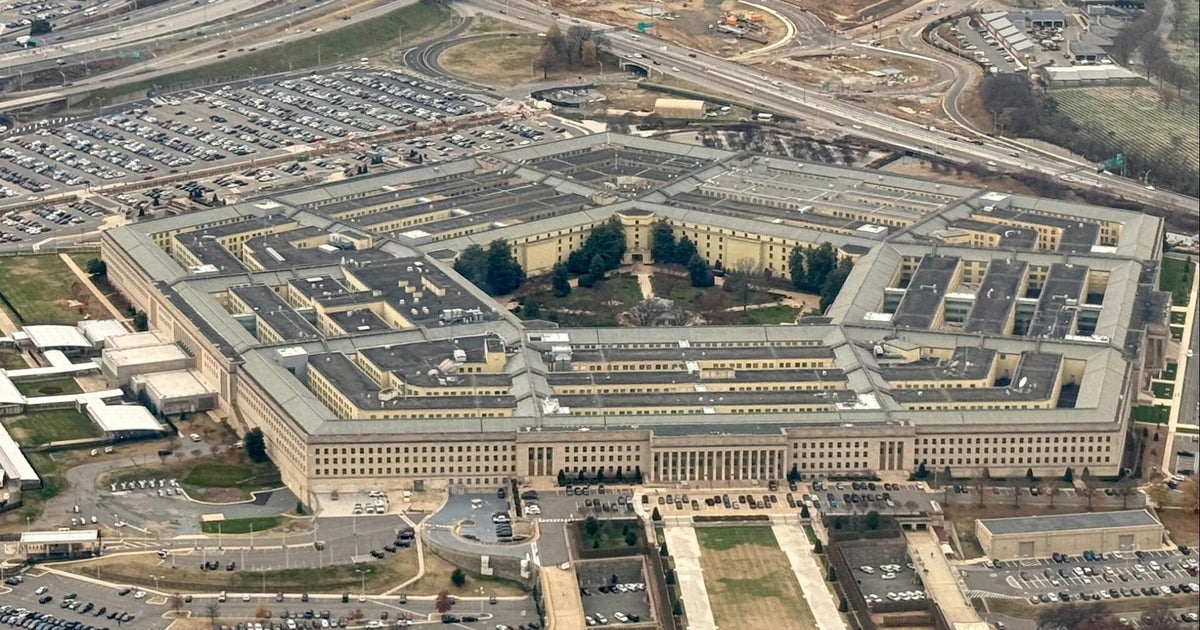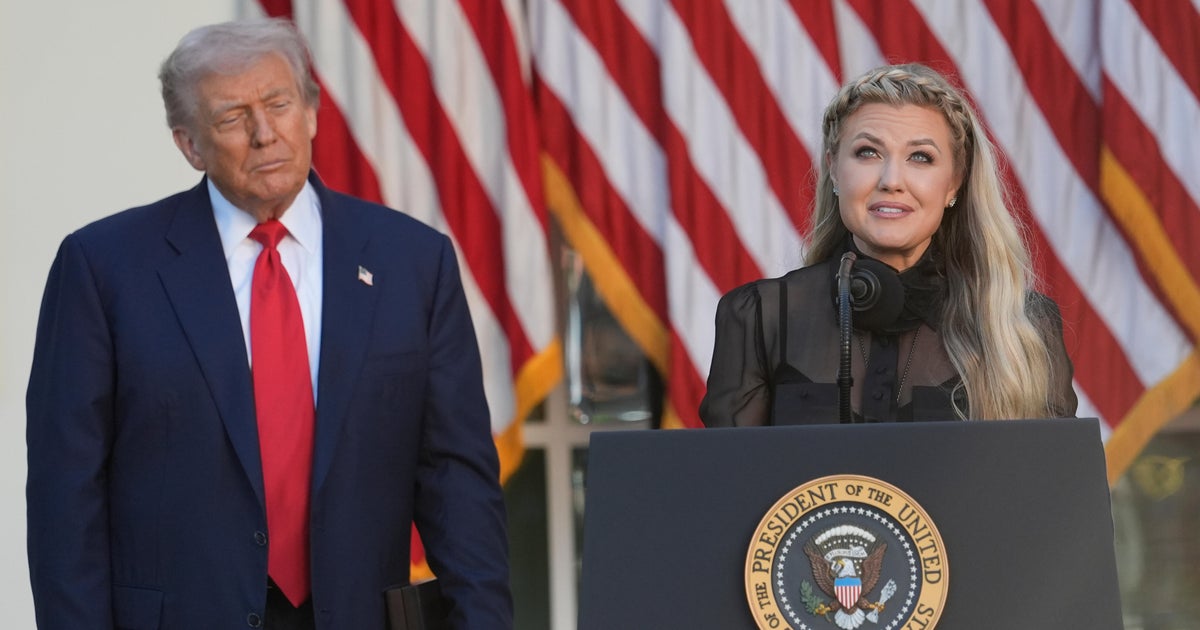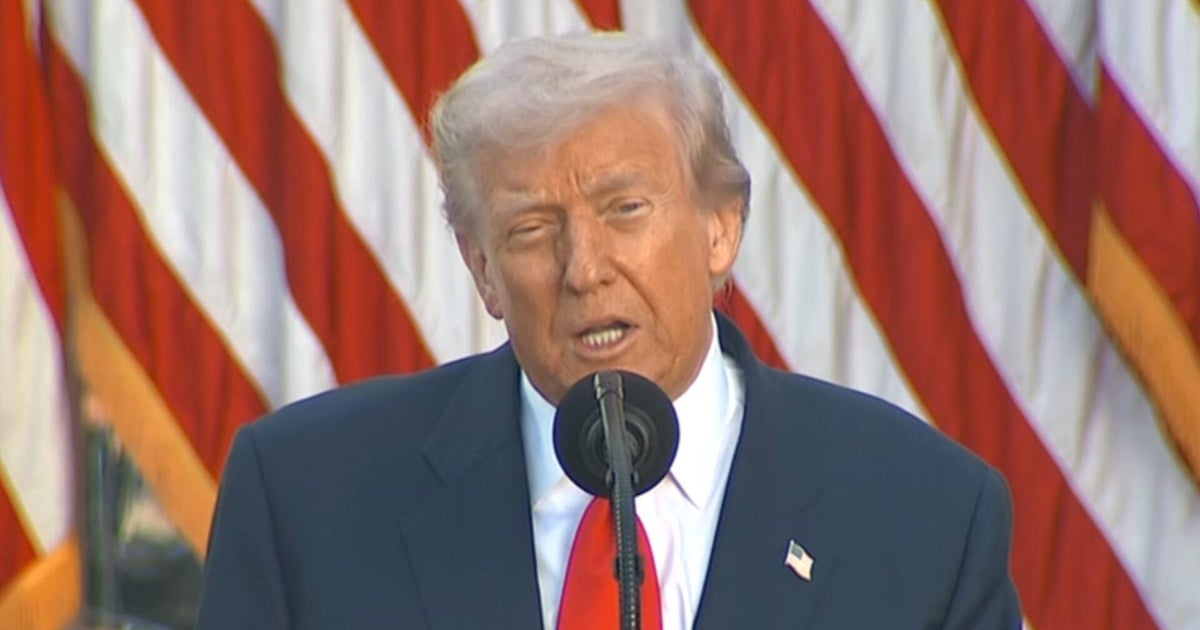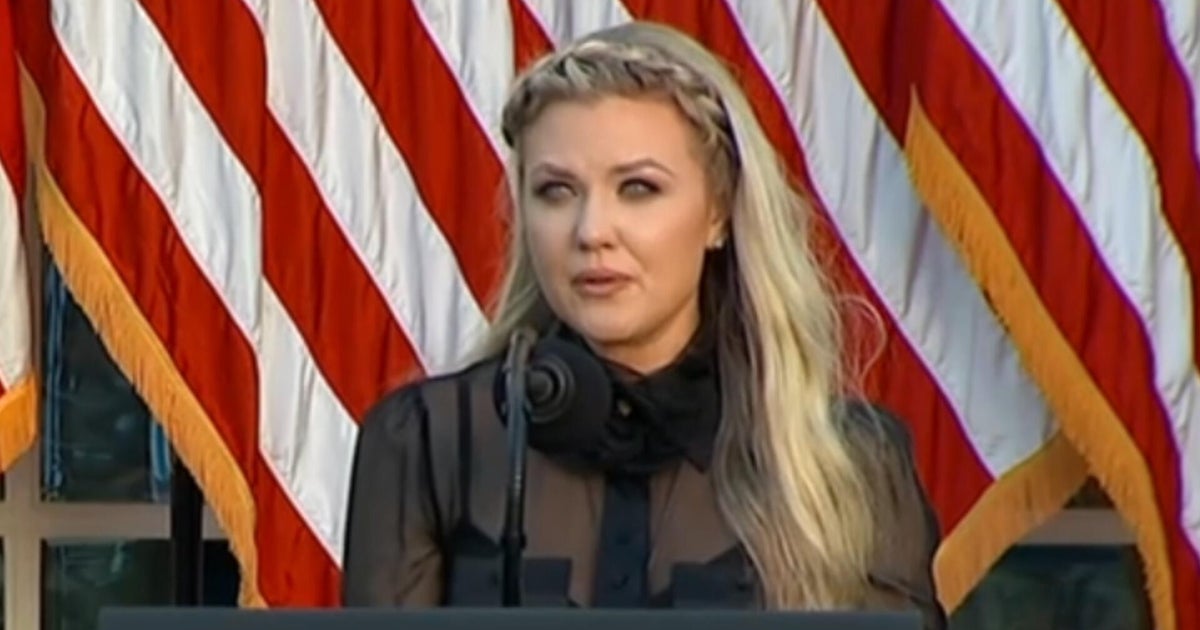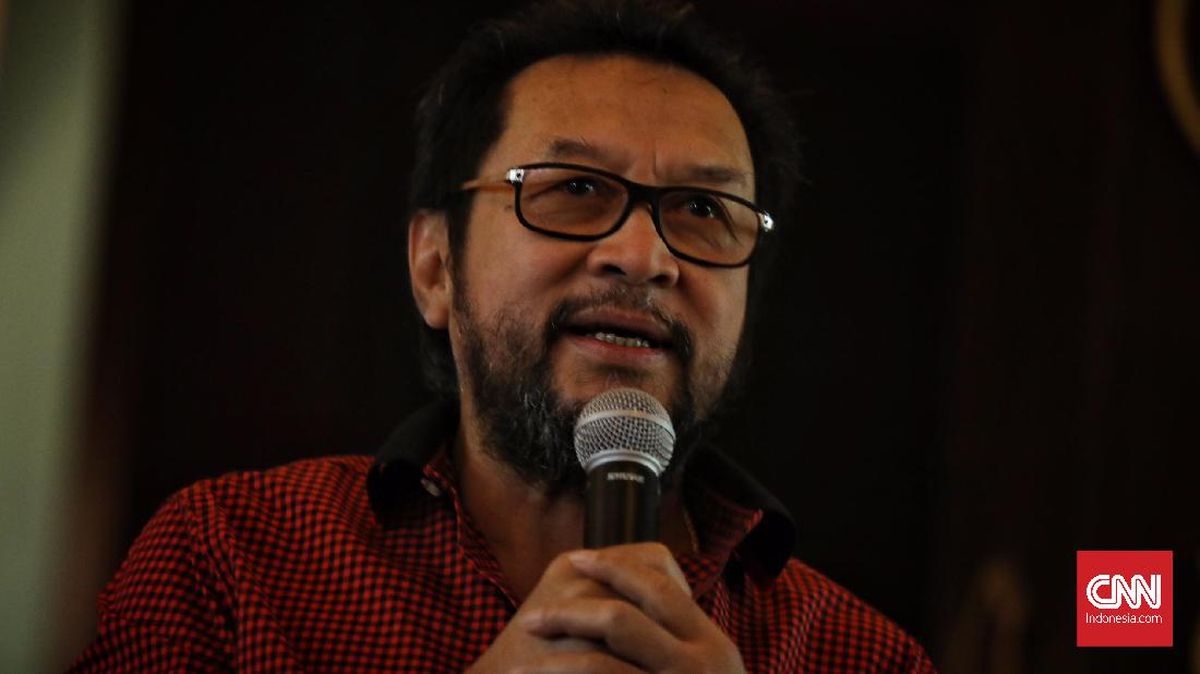The growing risk of bushfires is driving up the cost of residential building insurance across Perth, with home owners in some suburbs billed more than twice what others pay to manage the risk.
Industry figures from Finity suggest home owners in Mundaring are paying an average of $3273 per year for insurance, though some individuals whose properties have an “elevated risk” could be paying more than $5000.
In comparison, home owners in Canning have an average insurance premium of $1518 – half the amount paid by those living in the hills.
Perth suburbs overall have experienced an average increase of 78 per cent in insurance premiums in the last five years, but prices in Mundaring have skyrocketed by 103 per cent in the same timeframe.
The dataset was based on 30,000 online quotes for buildings insurance collected annually over six years from eight insurers, with the latest collection received in July.
Stephen Lau, principal of actuary and insurance consultants at Finity, said the main natural hazards for Perth, apart from seasonal storms, were bushfires that had the potential to “generate large catastrophes”.
“That’s where we’re seeing the higher premiums – in the outskirts of the metro area,” he said.
“Looking at the properties you can see they are nestled in bushes right in the thick of it, in vegetation, and insurers would use models to account for them being in high fire risk zones, and therefore charge higher premiums to reflect the risk in that area.”
But compared to over east, Perth’s insurance premiums are much lower, and Lau said the main difference came down to flooding risk.
“There could be some properties in the data that have very high flood premiums, but there’s probably not a lot of them in Perth,” he said
In one case in Baldivis, one of the city’s more flood-prone areas, a high premium from one insurer sits at around $7500.
Moving away from Perth, and Lau said homes in areas prone to cyclones, concentrated in the state’s north, attracted much higher insurance premiums than in the metropolitan area.
“In Geraldton, where we saw a previous cyclone hit, that’s where you start to see premium climb,” he said.
“As you go right up to northern WA, that’s the highest premiums that you would see in Australia on average.”
Aside from natural disasters, Lau said the other major factor impacting insurance premiums in Perth was the sustained high building costs and labour skill shortages.
Loading
“A lot of the increases were driven by high periods of inflation costs, construction costs due to shortages of materials, and it’s still ongoing issue for WA,” he said.
“The other factor is a lot of reinsurance costs being passed to insurers from the flood events in New South Wales and Queensland.
“That might be a little bit surprising, another state’s disaster affecting WA, but the floods were really significant – $6 billion in damage.
“They didn’t really expect that size of an event to occur, so they raise all their prices across Australia.”
Lau said it was unlikely insurance premiums would drop.
“You’ve got climate change influencing high severity bushfires, particularly for Perth, so I think longer term, we’re going to see more increases likely and then decreases.”
But he said there were things home owners could do to keep premiums lower.
In areas with higher bushfire risk, he recommended bringing on the Resilient Building Council, who can give a home a “star rating” based on how resilient the property is to bushfires and advice on how to improve that rating.
“Once you’ve demonstrated that star rating, some insurers will use that to put discounts into their premiums,” Lau said.
“A lot of properties are pretty old, built before 1980 before a lot of the building standards came in.
“It’s about getting people to move the properties to better standards than what they were when they were built 50 to 100 years back.”
Start the day with a summary of the day’s most important and interesting stories, analysis and insights. Sign up for our Morning Edition newsletter.
Most Viewed in National
Loading



